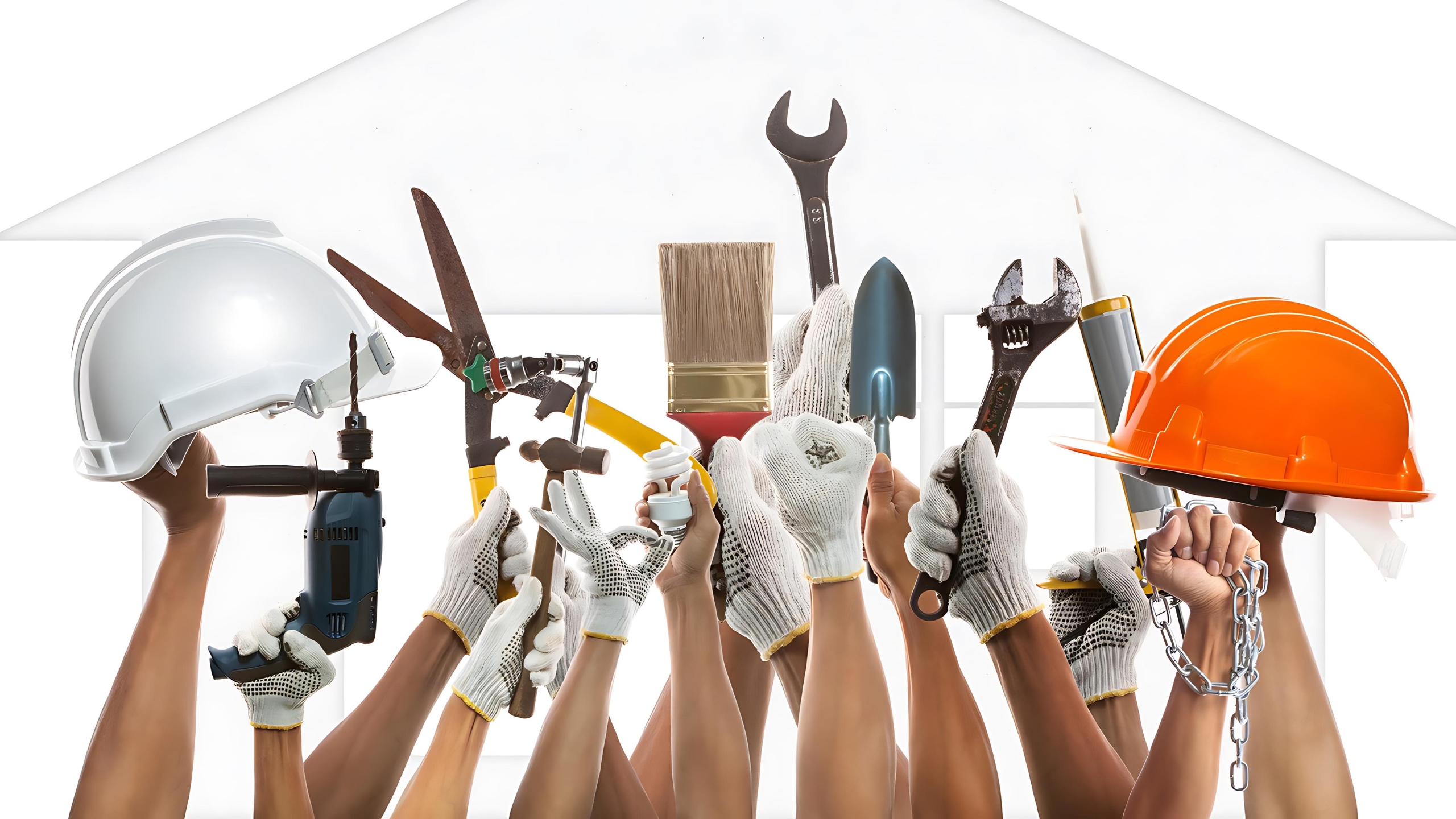
When a home suffers damage from water, fire, mold, or other disasters, restoration professionals rely on specialized equipment to repair and restore the property to its original condition. This guide covers the essential tools and equipment used in the home restoration process, highlighting their purposes and importance.
1. Water Damage Restoration Equipment
Industrial-Grade Dehumidifiers
Dehumidifiers are crucial for removing excess moisture from the air and preventing mold growth. Industrial-grade models are more powerful than household dehumidifiers and can handle large spaces and significant moisture levels.
High-Speed Air Movers
Air movers, also known as fans or blowers, accelerate the drying process by circulating air throughout the affected area. These high-speed fans are essential for drying carpets, floors, walls, and other surfaces quickly.
Moisture Meters
Moisture meters help professionals detect and monitor moisture levels in various materials. They ensure that all areas are thoroughly dried, preventing hidden moisture that can lead to mold growth and structural damage.
Water Extractors
Water extractors are used to remove standing water from floors, carpets, and other surfaces. There are various types of extractors, including portable and truck-mounted units, each suited for different scales of water removal.
2. Fire and Smoke Damage Restoration Equipment
Air Scrubbers
Air scrubbers use high-efficiency particulate air (HEPA) filters to remove smoke, soot, and odors from the air. These devices are essential for improving indoor air quality during the restoration process.
Ozone Generators
Ozone generators help eliminate smoke odors by breaking down odor-causing molecules. They are particularly effective in removing persistent smoke smells from fire-damaged properties.
Thermal Foggers
Thermal foggers use heat to create a fine mist of deodorizing chemicals that penetrate porous surfaces, neutralizing smoke odors embedded in walls, furniture, and fabrics.
Soot Sponges
Specially designed sponges, known as soot sponges, are used to clean soot and smoke residue from walls, ceilings, and other surfaces without spreading the contaminants further.
3. Mold Remediation Equipment
HEPA Vacuums
HEPA vacuums are used to remove mold spores and debris from surfaces. These vacuums have high-efficiency filters that trap microscopic particles, preventing them from being released back into the air.
Negative Air Machines
Negative air machines create a vacuum effect that helps contain mold spores within a specific area. This prevents the spread of mold to other parts of the home during the remediation process.
Personal Protective Equipment (PPE)
Restoration professionals wear PPE, including respirators, gloves, and protective suits, to protect themselves from exposure to mold and other hazardous materials during remediation.
Antimicrobial Cleaners
Antimicrobial cleaners are used to disinfect and sanitize areas affected by mold. These cleaners help kill mold spores and prevent future mold growth.
4. General Restoration Equipment
Infrared Cameras
Infrared cameras detect temperature variations behind walls and ceilings, helping professionals locate hidden moisture and structural damage. This technology is invaluable for comprehensive damage assessment.
Power Tools
A variety of power tools, such as drills, saws, and sanders, are used in the repair and restoration process. These tools enable professionals to repair structural damage, replace damaged materials, and perform necessary construction tasks.
Dry Ice Blasters
Dry ice blasting is a non-abrasive cleaning method that uses dry ice pellets to remove contaminants from surfaces. This technique is effective for cleaning fire and smoke damage, as well as mold remediation.
Containment Barriers
Containment barriers, such as plastic sheeting and zip walls, are used to isolate affected areas and prevent the spread of contaminants during the restoration process. This is particularly important in mold remediation and fire damage restoration.
By using these specialized tools and equipment, restoration professionals can effectively address various types of damage, ensuring a thorough and efficient restoration process. Proper use of these tools helps restore your home to its pre-damage condition, safeguarding your property and health.